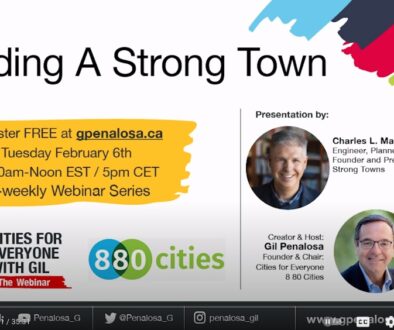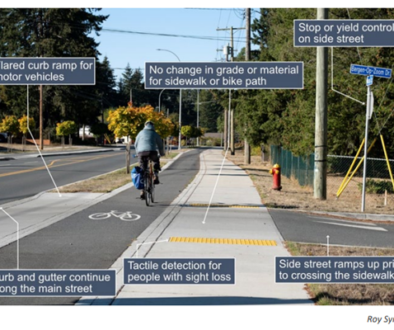Cycling: Emissions still increasing in Canada, world
When I write for the Maple Ridge News, often my columns are longer than allowed, so sometimes they’re pretty heavily edited. The good thing about a blog is that I can write whatever and however long I want.
So here is the original version of my November article:
The IPCC (Intergovernmental Panel on Climate Change) has recently published its fifth report, which sends a very dire warning to the world, including Maple Ridge. We’re on track to severely and irreversibly impact the global climate and the natural world around us, endangering survival of many plant and animal species, including ourselves.
We’re already seeing more heat waves, droughts, more severe rainfall and floodings. The report further warns that food security is at risk, and we’ll likely see more wars as a consequence of poverty and economic shock. Some pretty alarming stuff.
Developing countries are most vulnerable to climate change, while developed and wealthier countries like Canada are among the worst carbon emitters; we don’t have a particularly good reputation in the rest of the world when it comes to doing our share to reduce emissions.
Not only in Canada, but also world-wide, emissions are still going up.
UN Secretary General Ban Ki-moon says: “Leaders have to act now. Time is not on our side.”
On the positive side, the report, which has been contributed to by thousands of scientists, states that it’s economically affordable to take action.
Unfortunately, both at the federal and the provincial level the powers that be are single-mindedly focused on exploiting the tar sands in Alberta and LNG in BC, with little regard for the resulting rise in emissions and other environmentally damaging consequences. Are we crazy? Shouldn’t we, instead of just ramping up production of non-renewables, focus our efforts on rapidly expanding alternative energy sources, while aiming to gradually phase out the use of fossil fuels where possible?
What’s happening at the local level?
In 2010, all members of the previous Council in Maple Ridge, five of which are still representing our interests now, unanimously and ambitiously endorsed a target of 33 percent reduction in corporate and community emissions from 2007 levels by 2020. At the time Council felt we were doing pretty good already and little further action was required; all the policies that were already in place at the time were thought to help us achieve the target.
I saw on Maple Ridge’s old website last year that our community emissions had increased by 12% between 2007 and 2010. However, the new website now shows a reduction of 3% by 2010. Interesting. Apparently data and methodologies used are continually updated. All of a sudden we’re looking much better! Somehow, I doubt that our emissions would have gone down when our population increased by about 5 percent or almost 4,000 people during that time. Unless these and more people perhaps all found local jobs, drove EVs, walked or biked to work, school and shopping, and moved into empty basements in existing homes.
When Council discussed the 20-year Transportation Plan at the Council meeting on October 28, Councillor Masse did not get a response from the rest of a rather unambitious council when expressing his deep concerns – not for the first time – about Greenhouse Gas emissions and obviously wanting to do more through a well-thought out Transportation Plan which would cut down emissions from automobiles. Since the source of 57 percent of our community emissions is on-road transportation, it makes a lot of sense to look for ways to achieve reductions there.
Councillor Masse suggested to then look at amending the adopted target in the future, and the Transportation Plan was subsequently endorsed. Can kicked further down the road.
In 2007, with the adoption of the District’s Sustainability Action Plan, the development of a community energy plan (CEP) was recommended. This was officially added to our OCP as a “will explore” item. Now, seven years later, despite stronger calls for action from the scientific community as well as common folks around the world, and the alarming report just released by the IPCC, we still don’t have a plan.
According to Laura Benson, Manager of Sustainability and Corporate Planning with the City, despite not having a CEP the city has worked on things like densification in the Town Core near transit and services, attracting high value local jobs and installing EV charging stations, which should definitely help.
But when it comes to planning for a truly multi-modal transportation network that will help convince more of us to choose alternative modes, safely – which will lead to lower emissions – in my view the present Transportation Plan lacks vision, and Council clearly lacks a sense of urgency.
It’s great that there are some nice big ticket, multi-use items in the Plan, but we clearly need a more ambitious council, to lead us on a path to become a more modern, more livable, equitable and sustainable city to help future generations to better weather the coming storms.
The next four years should be interesting. We’ll definitely see some new faces, hopefully new, creative ideas and strong, forward-thinking leadership on Council.
One thing is clear. Once the election is over, we’ll start talking again about all-ages-all-abilities bike lanes!


